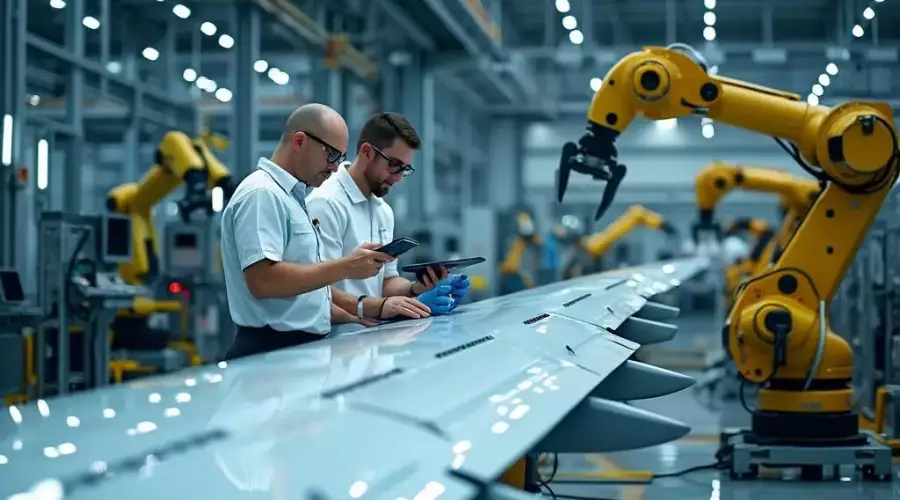How Advanced NDT Inspections Improve Structural Integrity in High-Risk Industries

Ensuring structural integrity in high-risk industries such as oil and gas, aerospace, and construction is paramount. The safety of personnel, the environment, and assets heavily depends on the reliability of structures and materials. Non-destructive testing (NDT) methods are at the forefront of maintaining these standards, allowing for the critical evaluation of materials without causing damage. With the advancement of technology and the introduction of innovative NDT solutions, industries can now employ a variety of strategies that identify hidden defects and predict potential failures, contributing to safer operational practices and enhanced longevity of materials and structures.
The Role of Non-Destructive Testing
NDT plays a crucial role in identifying flaws in materials, which is vital for preventing catastrophic failures in structures operating in high-stress environments. Unlike traditional testing methods, which may compromise the integrity of materials, NDT preserves the sample's usability while still providing valuable insights into its condition. Various non destructive inspection techniques, such as ultrasonic, radiographic, and magnetic particle testing, offer distinct advantages that cater to specific requirements depending on the type of material and the environment in which they are used. Amid increasing regulatory demands and environmental concerns, businesses are recognizing NDT's value in economic efficiency, as the cost of repairs and accidents can be significantly high.
Advancements in NDT Technology
The evolution of NDT methodologies has seen significant technological improvements. Automated systems and advanced data analytics are enhancing how organizations approach inspections. The integration of drones equipped with high-resolution cameras or ultrasonic sensors allows for the rapid assessment of large or difficult-to-reach structures without the need for extensive scaffolding. Modern NDT equipment can capture real-time data, providing operators with immediate insights and enabling proactive maintenance decisions. Technologies such as Artificial Intelligence (AI) and machine learning algorithms are becoming prominent in analyzing inspection data. These tools help in recognizing patterns and predicting when and where failures might occur, thus enabling industries to address issues before they result in significant damage or accidents.
Case Studies Highlighting Effectiveness
Several industries have reported improved safety and operational efficiency through the implementation of advanced NDT inspections. In the oil and gas sector, for instance, regular ultrasonic testing of pipelines has proved crucial in identifying corrosion and fatigue damage, which, if left unchecked, could lead to leaks and catastrophic spills. Similarly, in aerospace, manufacturers rigorously apply X-ray and eddy current inspections to crucial components to ensure that no defects compromise the safety and performance of aircraft. These industries illustrate the potential financial and reputational losses associated with insufficient testing and proactive measures to mitigate risks. Their experiences indicate that investing in advanced NDT techniques yields significant returns, primarily in preventing downtimes and ensuring compliance with stringent safety regulations.
Advanced non-destructive inspection techniques provide a robust framework for maintaining the safety and reliability of critical structures in high-risk industries. From their role in detecting flaws to integrating technological advancements, these inspections enhance structural integrity, significantly reducing risks associated with equipment failures. As industries continue to evolve and respond to ever-changing standards and expectations, the importance of adopting state-of-the-art NDT solutions remains evident. Industries that leverage these technologies position themselves at the forefront of ensuring safety and efficiency while safeguarding their operational continuity.



